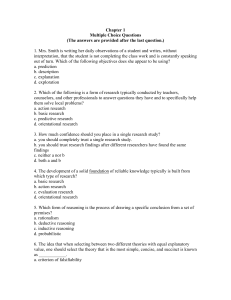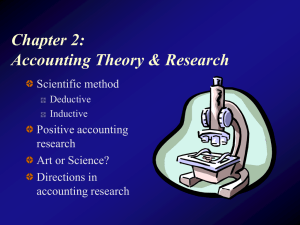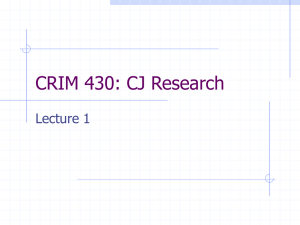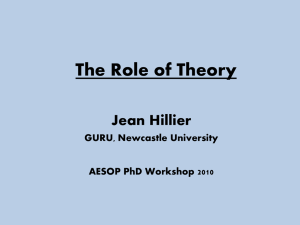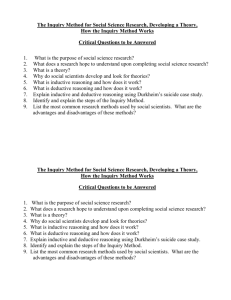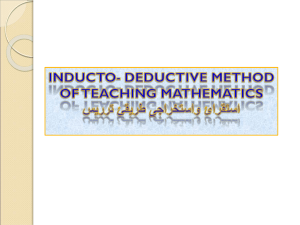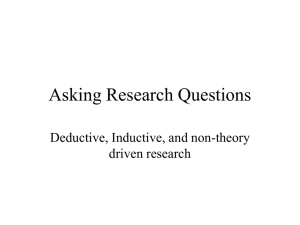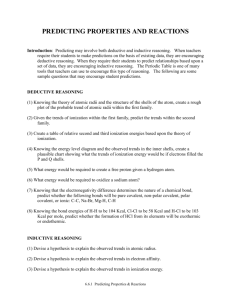MC1 - University of South Alabama
advertisement
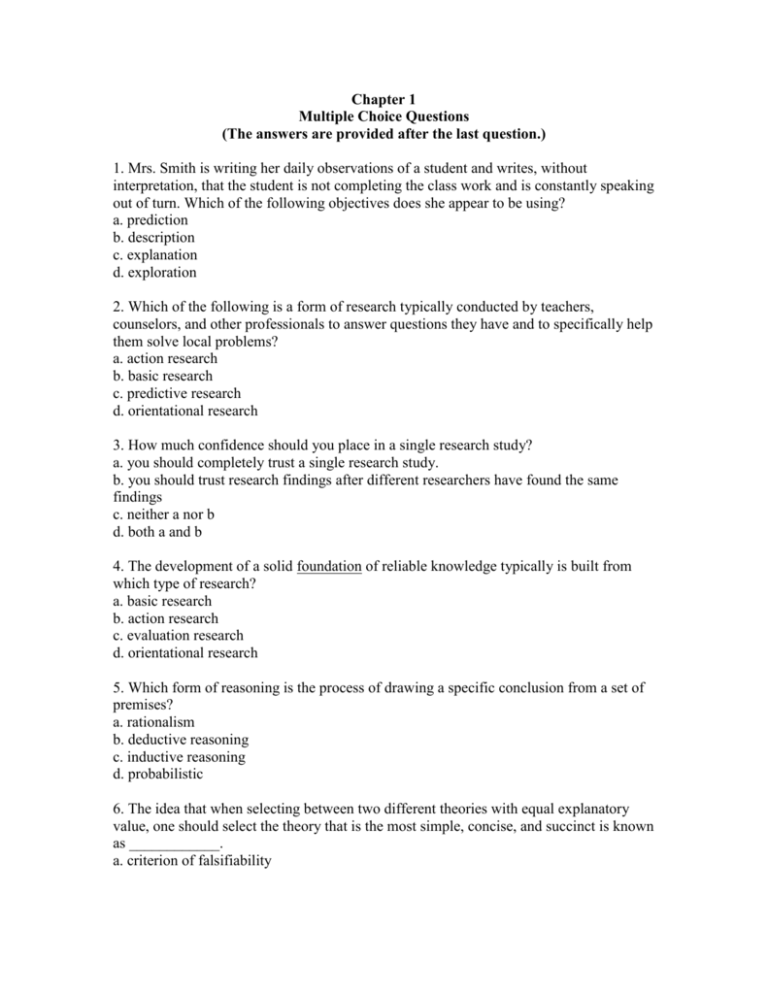
Chapter 1 Multiple Choice Questions (The answers are provided after the last question.) 1. Mrs. Smith is writing her daily observations of a student and writes, without interpretation, that the student is not completing the class work and is constantly speaking out of turn. Which of the following objectives does she appear to be using? a. prediction b. description c. explanation d. exploration 2. Which of the following is a form of research typically conducted by teachers, counselors, and other professionals to answer questions they have and to specifically help them solve local problems? a. action research b. basic research c. predictive research d. orientational research 3. How much confidence should you place in a single research study? a. you should completely trust a single research study. b. you should trust research findings after different researchers have found the same findings c. neither a nor b d. both a and b 4. The development of a solid foundation of reliable knowledge typically is built from which type of research? a. basic research b. action research c. evaluation research d. orientational research 5. Which form of reasoning is the process of drawing a specific conclusion from a set of premises? a. rationalism b. deductive reasoning c. inductive reasoning d. probabilistic 6. The idea that when selecting between two different theories with equal explanatory value, one should select the theory that is the most simple, concise, and succinct is known as ____________. a. criterion of falsifiability b. critical theory c. guide of simplicity d. rule of parsimony 7. Research that is done to examine the findings of someone else using the "same variables but different people" is which of the following? a. exploration b. hypothesis c. replication d. empiricism 8. ________________ is the idea that knowledge comes from experience. a. rationalism b. deductive reasoning c. logic d. empiricism 9. According to your text, what are the five key objectives of science? a. prediction, summary, conclusion, explanation, description b. influence, prediction, questions, exploration, answers c. exploration, description, explanation, prediction, influence d. questions, answers, prediction, explanation, summary 10. A researcher designs an experiment to test how variables interact to influence how well children learn spelling words. In this case, the main purpose of the study was: a. Explanation b. Description c. Influence d. Prediction 11. There is a set of churches in the U.S. where part of the service involves snake handling. The researcher wants to find out why the people attending these churches do this and how they feel and think about it. In this case, the primary purpose of the study is: a. Exploration b. Description c. Influence d. Prediction 12. Which of the following is not a characteristic of a good theory or explanation? a. It is parsimonious b. It is testable c. It is general enough to apply to more than one place, situation, or person d. All of the above are characteristics of good theories 13. Which of the following is not a basic assumption of science? a. Science cannot provide answers to all questions b. It is possible to distinguish between more and less plausible claims c. Researchers should follow certain agreed upon norms and practices d. Science is best at solving value conflicts, such as whether abortion is immoral 14. What general type of research is focused on collecting information to help a researcher advance an ideological or political position? a. Evaluation research b. Basic research c. Action research d. Orientational research 15. Which “scientific method” follows these steps: 1) observation/data, 2) patterns, 3) theory? a. Inductive b. Deductive c. Imductive d. Top down 16. Rene Descartes is associated with which of the following approached to knowledge generation? a. Empiricism b. Rationalism c. Expert opinion d. None of the above 17. Which scientific method is a top-down or confirmatory approach? a. Deductive method b. Inductive method c. Hypothesis method d. Pattern method 18. Which scientific method is a bottom-up or generative approach to research? a. Deductive method b. Inductive method c. Hypothesis method d. Pattern method 19. Which scientific method focuses on testing hypotheses developed from theories? a. Deductive method b. Inductive method c. Hypothesis method d. Pattern method 20. Which scientific method often focuses on generating new hypotheses and theories? a. Deductive method b. Inductive method c. Hypothesis method d. Pattern method 21. Which of the following statements is true of a theory? a. it most simply means “explanation” b. it answers the “how” and “why” questions c. it can be a well developed explanatory system d. all of the above are correct Answers: 1. b 2. a 3. b 4. a 5. b 6. d 7. c 8. d 9. c 10. a 11. a 12. d 13. d 14. d 15. a 16. b 17. a 18. b 19. a 20. b 21. d
